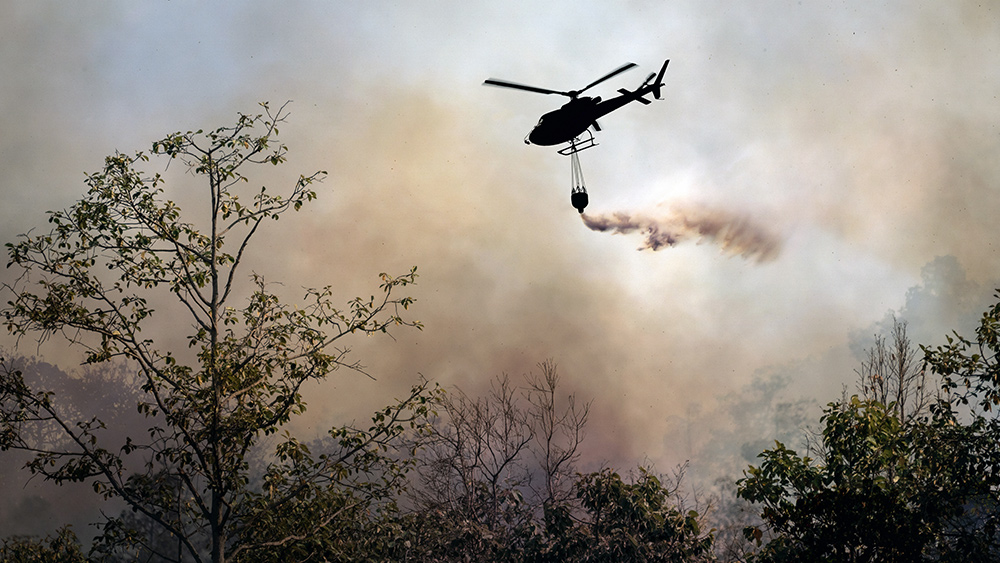
The study was prompted by the rising number of allergic diseases during the last few years. These diseases triggered severe responses in the immune system.
Researchers at the University of Eastern Finland (UEF) sought out new ways to treat these conditions or prevent the problems from emerging in the first place. They came across a connection between immune responses and the various exposures during early life.
These exposures included air pollution, farm dust, and factors during childbirth. For example, a child who spent time in a farm was much less prone to asthma than his city peers.
Meanwhile, a baby that was delivered through cesarean section was more likely to develop an allergic disease. The same applied for exposure to particulate matter. (Related: Early life stress increases risk of heart disease later in life: Studies show stress affects immune response, inflammation, blood pressure.)
Environmental exposures during birth and childhood affect immune responses
The Finnish study looked at how exposures during pregnancy, birth, and childhood could affect immune responses in children. It covered asthma-protective exposure in the form of farming, as well as asthma-inducing exposures via air pollution and cesarean section.
"We studied whether circulating dendritic cells associate with farming, asthma or atopy, whether obstetric factors affect immune responses at teenage in children born by caesarean section, and whether farm dust and urban air particulate matter have immunomodulatory effects on children's circulating immune cells," remarked UEF researcher and study author Maria-Viola Martikainen.
Martikainen and her teammates examined the relationships between the different exposures and the resulting immune response. They started by comparing samples of farm and non-farm children to see if the circulating dendritic cells controlled the protection of farm exposure.
Next, they looked at the inflammatory secretions of peripheral blood mononuclear cells (PBMCs) in teenagers who were born normally as well as those who were delivered via cesarean section. They wanted to know if these factors at birth could affect immune responses during adolescence.
Finally, they exposed the PBMCs of children to either farm dust or particulate matter of different sizes. They compared the immune responses to see if there were similarities or differences between the immune pathways activated by the particles.
Bring your child to a farm the healthy conditions there can raise resistance to asthma
The UEF researchers confirmed associations between the three types of environmental exposures and immune responses related to asthma. First, farm exposure was shown to improve the regulation of immune responses in children.
Next, the absence of natural birth processes during cesarean sections and neonatal intensive care treatment appeared to change the immune responses of the child. These changes could still be seen during the teenage years of the children.
Last but not least, exposure to aerial particles changed the immune responses toward allergens and particles that caused respiratory diseases. Furthermore, the type of particle decided the alteration in the immune response.
Notably, the immune pathways triggered by farm dust were different from the ones activated by particulate matter found in urban air pollution. The researchers believed that the different immune responses explained why the risk of asthma was lower in farming areas, especially when compared to more polluted urban areas.
The results of this study suggested that a child can be better protected from allergic diseases, either through exposure to the healthy environment of a farm or reducing exposure to air pollution.
Sources include:
Please contact us for more information.























